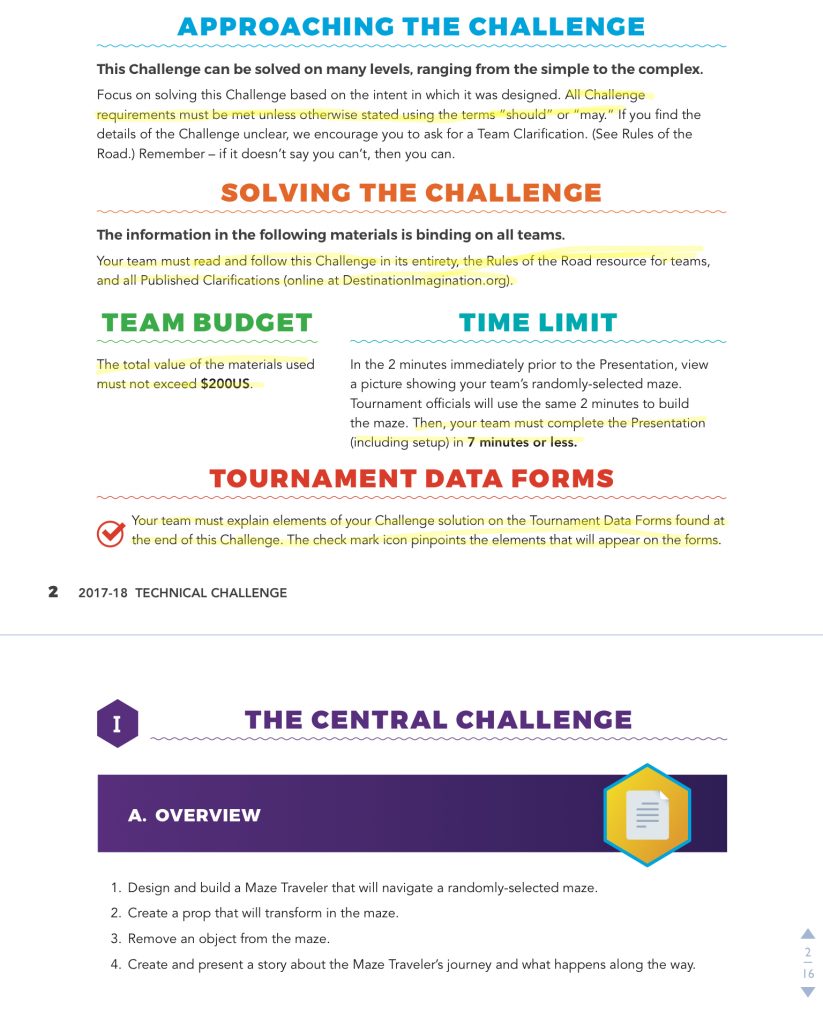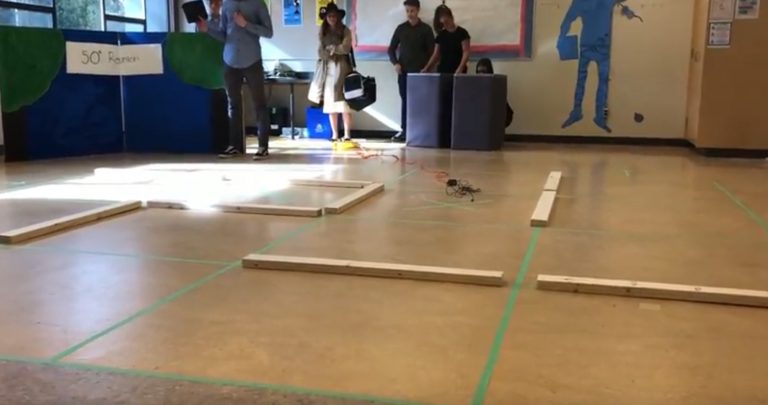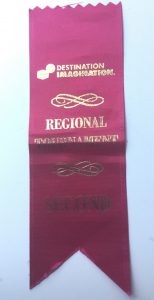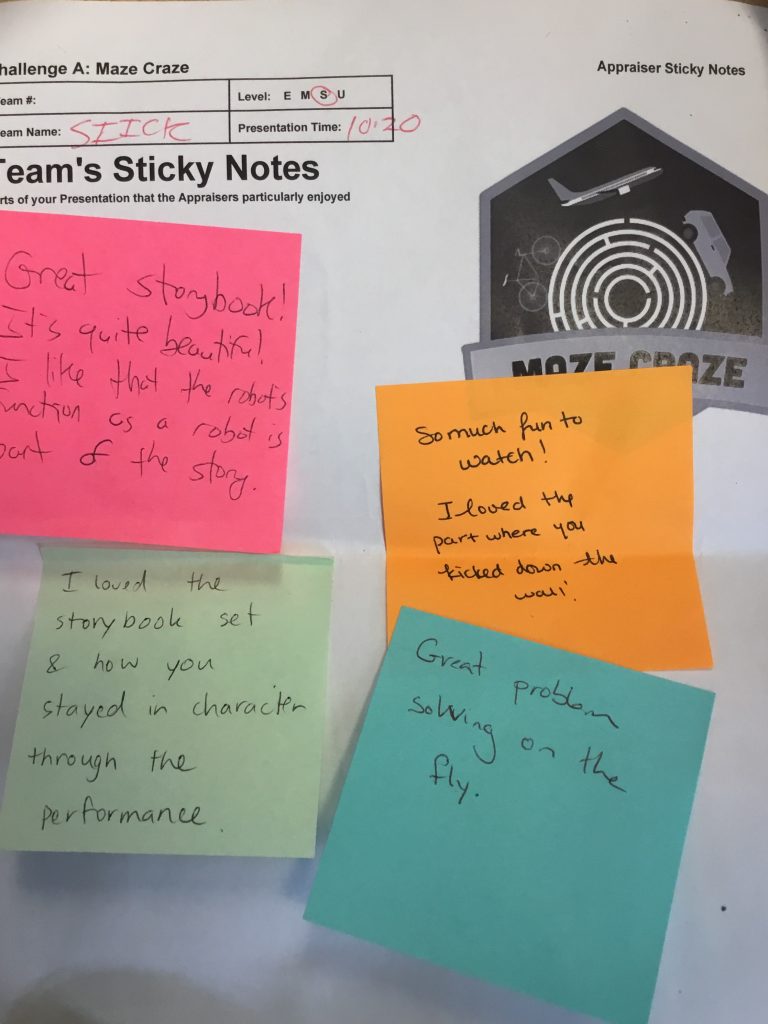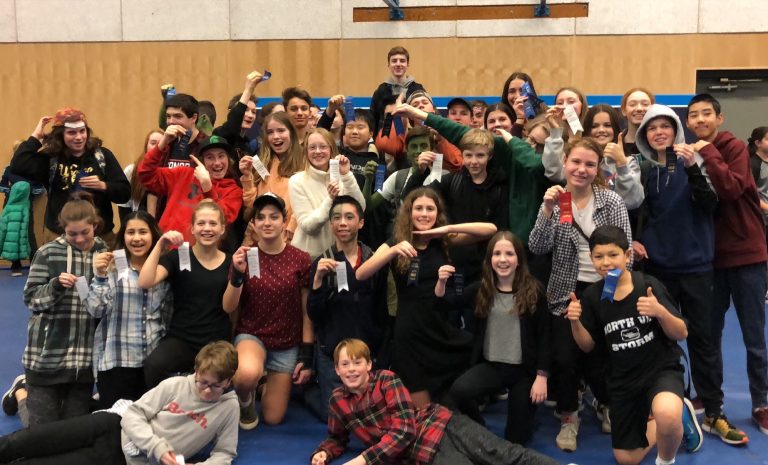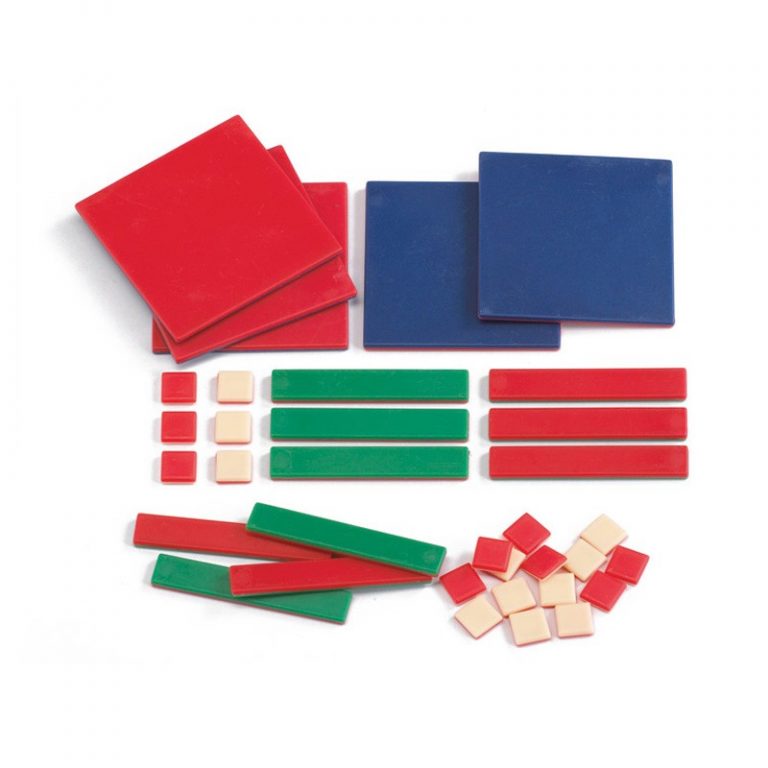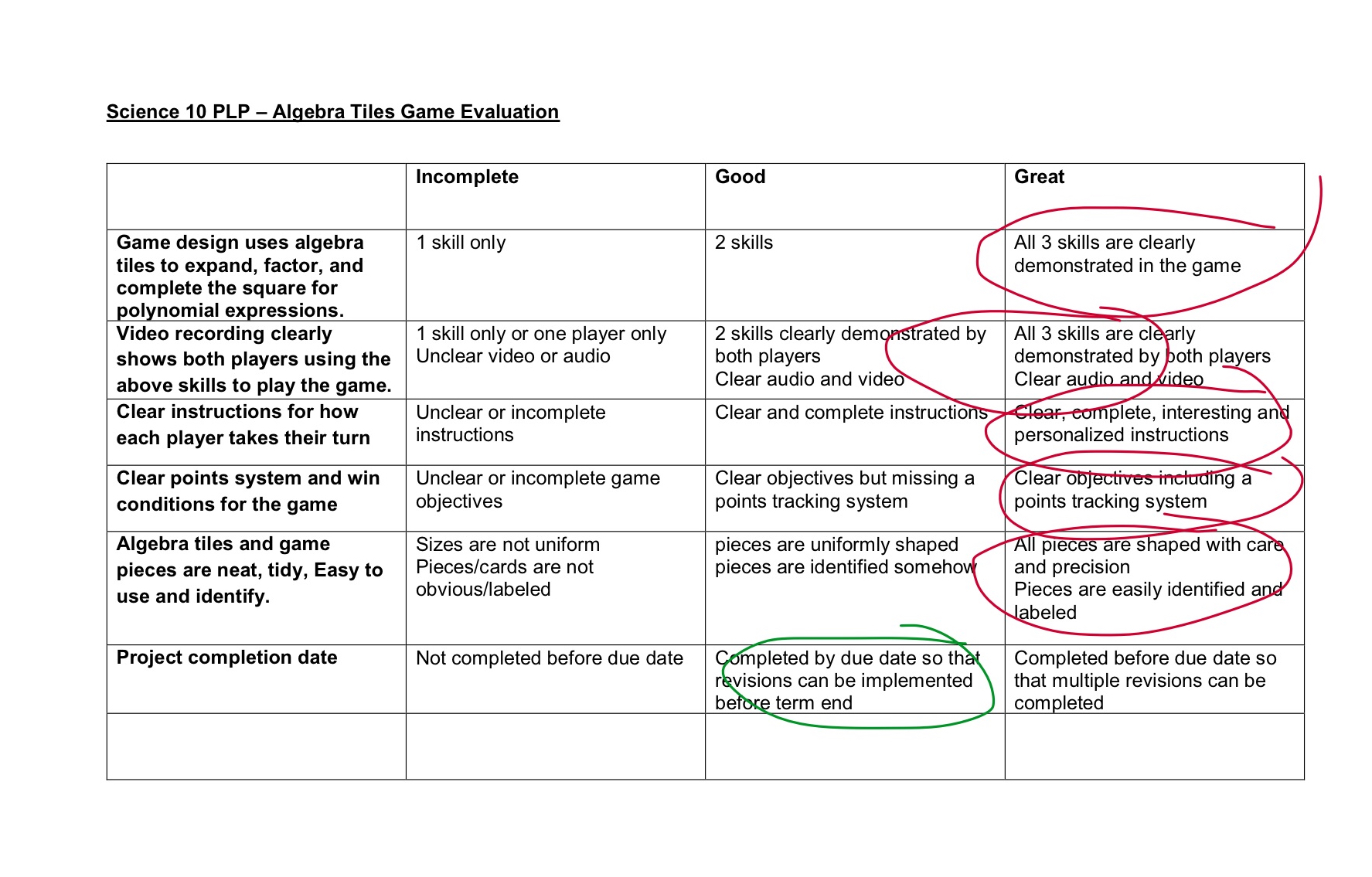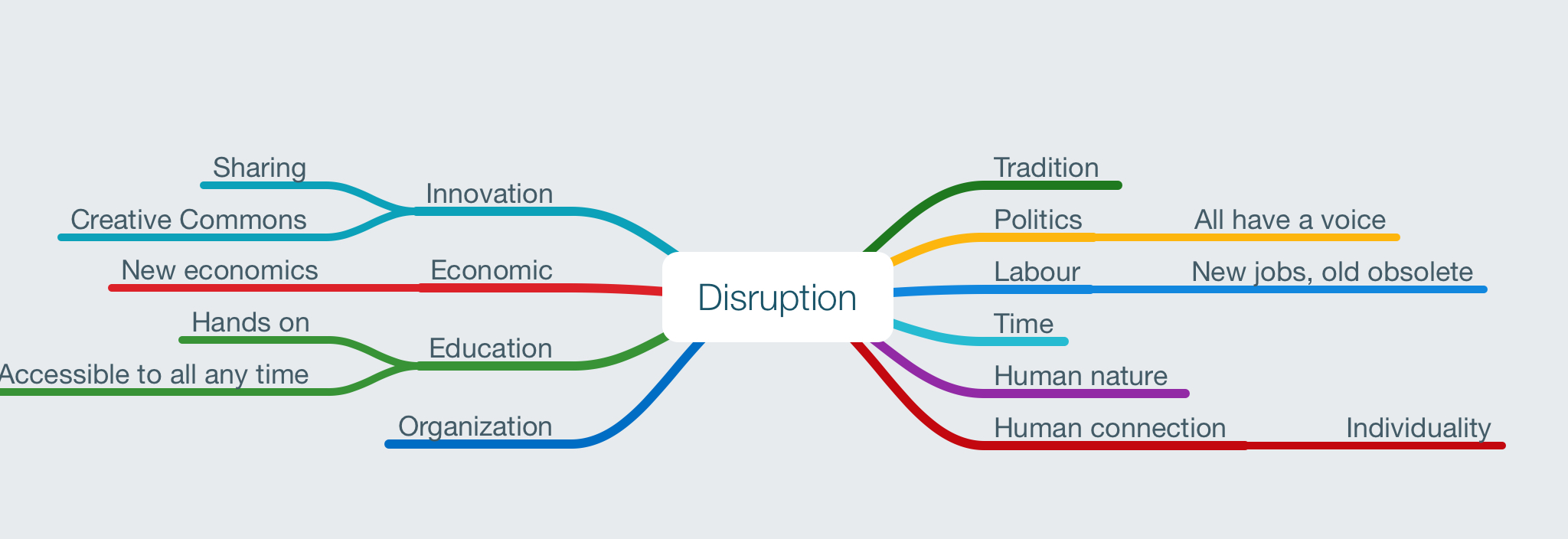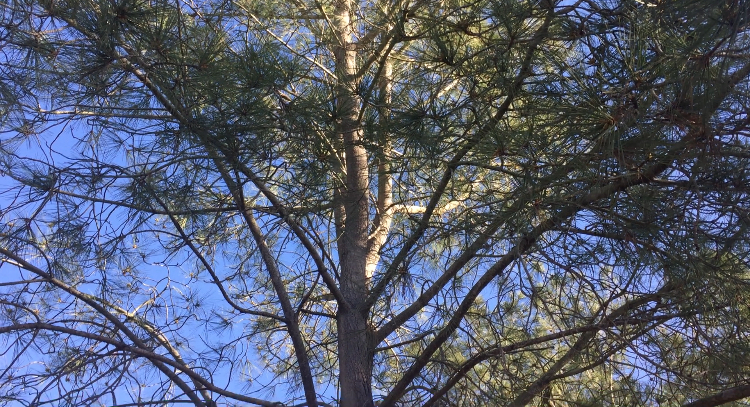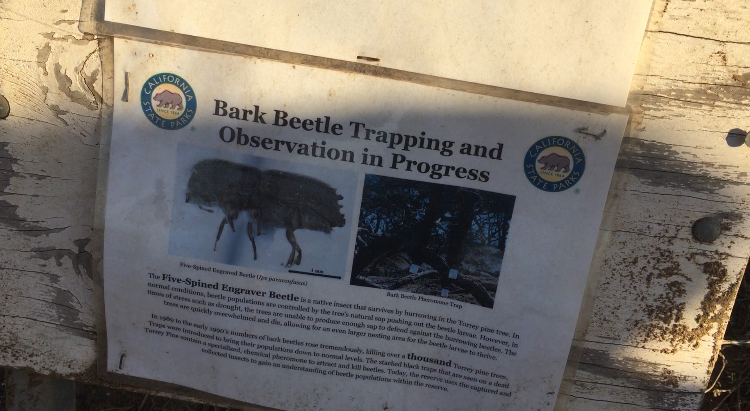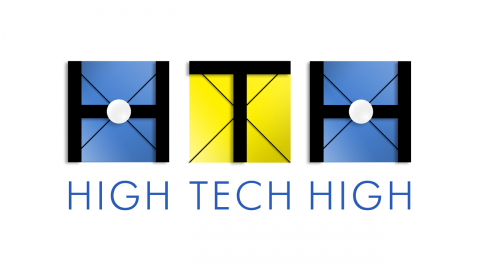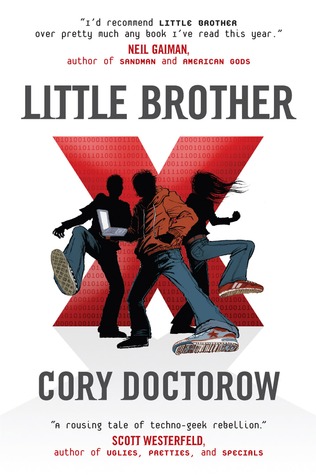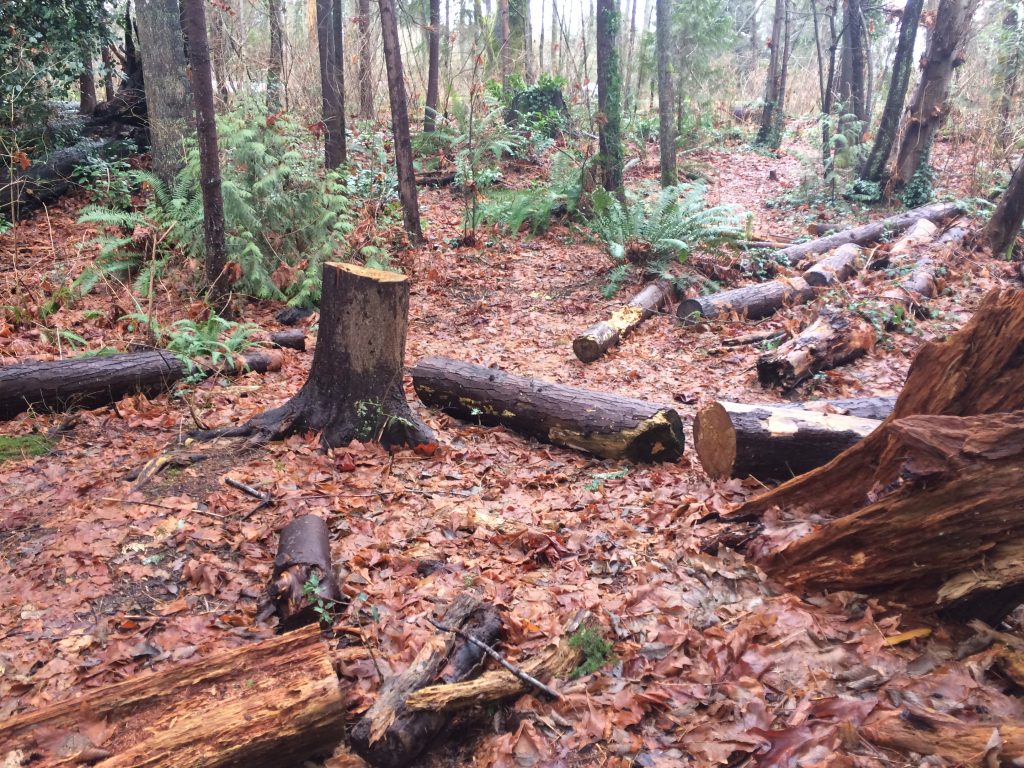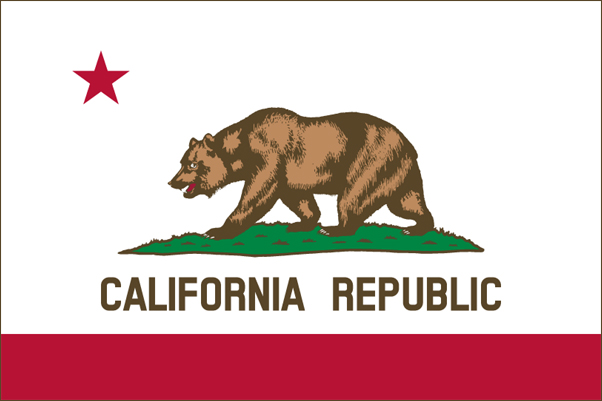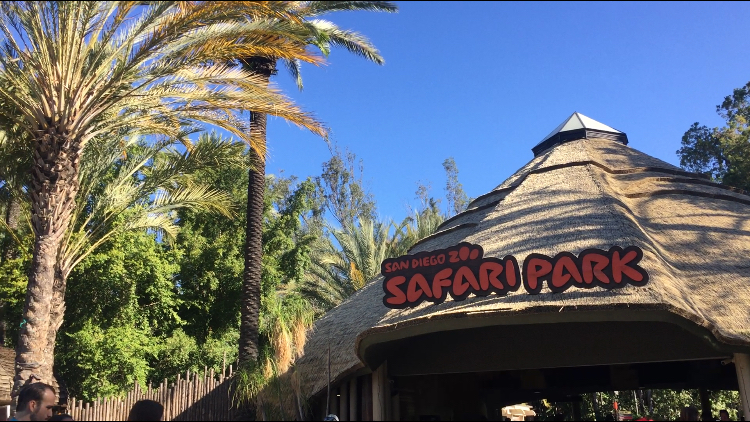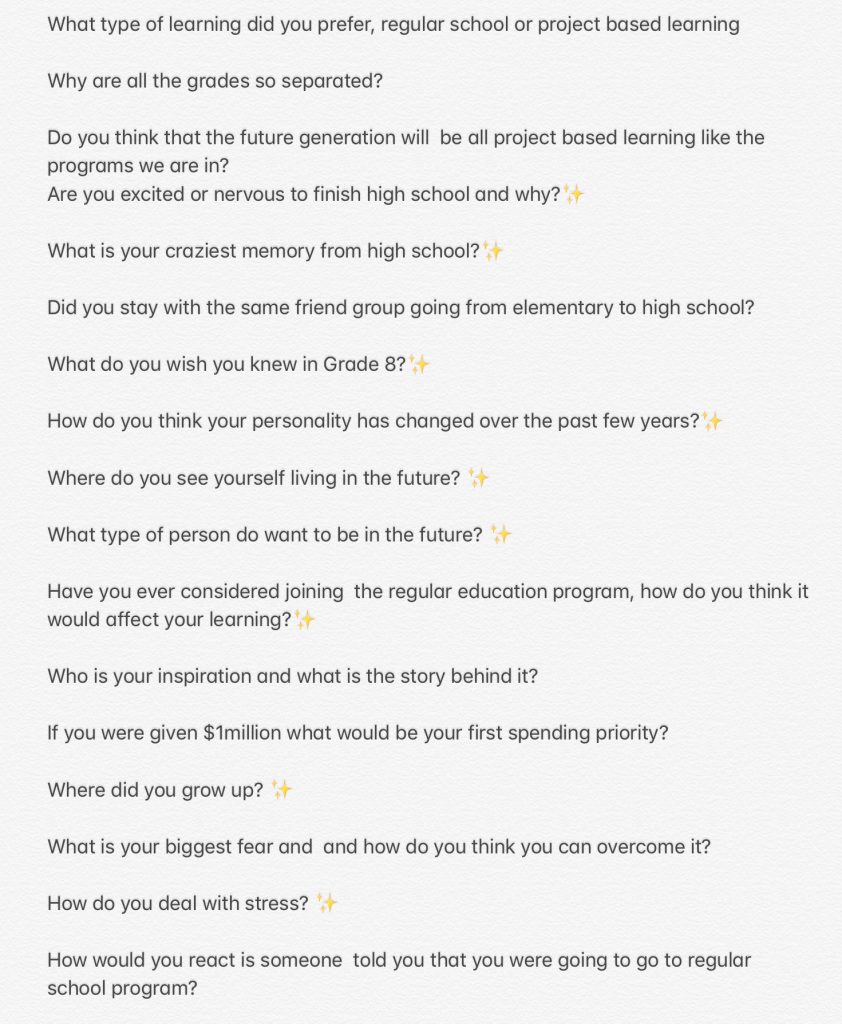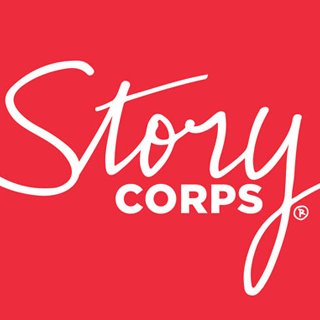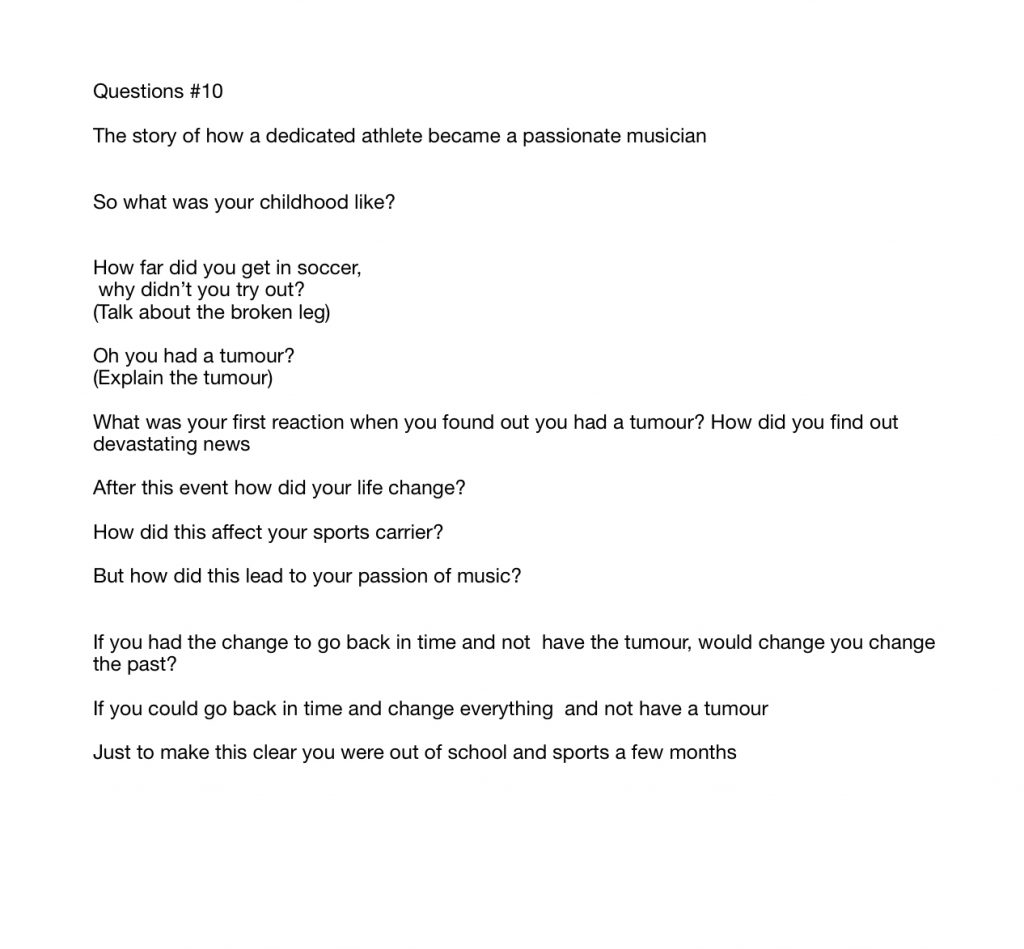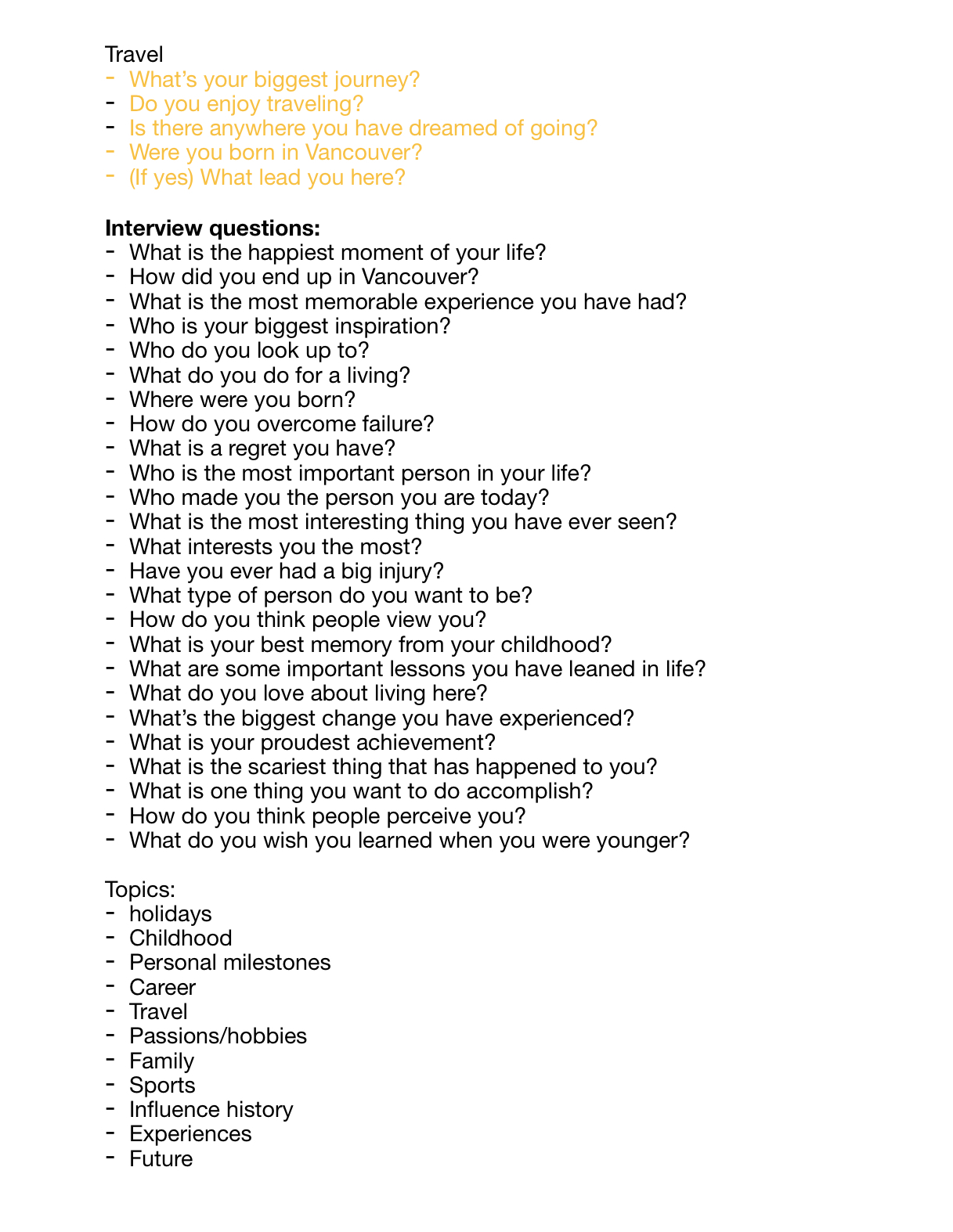Destination Imagination (DI) is something that PLP does every year. This year, our school was the host! Since I just joined PLP this year, this was going to be my first DI tournament, so I didn’t have any experience and didn’t really know what to expect. DI is an opportunity to show off your creative skills and incorporate these skills to solve a challenge. There are seven challenges and there were 4-6 students on each team. The challenge I was assigned to was the technical challenge. The challenge was called Maze Craze. I had 6 people in my group, Kate, Spencer, Isobel, Calum and Sam.
For this challenge we had to include a lot! This challenge involved a traveler to go through the maze, a prop transformation and a prop had to be removed from the maze. All of these challenges within the maze, had to be incorporated into a story.
Check out the video that explains all the rules!
Before even thinking about the story we had to read over the challenge so we knew it like the back of our hands. This was important because within the challenge there were specific rules we had to follow, and it was important we knew what was and wasn’t required.
An activity we did was reading through the challenge and going in with highlighters. We marked in different colours the mandatory requirements, the things that we don’t need and the optional requirements. This helped me a lot with understanding our challenge.
Choosing a story definitely was one of the hardest parts, and it took a lot of brainstorming. In class we did an activity to generate ideas. Everyone on our team needed to fill in a chart of ideas for the story. Once’s everyone had filled out the chart, we cut out the ideas and organized them into categories like, story line, props, theme of story, etc.
It took al lot of brainstorming when we decided on a police mission. Everyone also liked this idea a lot. This was a hero/ action theme with the good guys and the villains. We also came up with the idea of removing bombs from a building (the maze being the building). This would involve having the police detecting the bomb and removing it and the villains plantimg the bombs. Another idea that jumped out was the idea of flashbacks. Our story was set so the main policeman was telling his story of the time he was a part of the bomb squad and his mission. To add a sad aspect his best friend on the mission with him got blown up by the bomb and the whole idea was it was his 50 reunion dedicated to the best friend.
Characters:
Villains: Izzy, Kate
Police officers: Sam (young Spencer), Calum
Head of police: Isobel
Older version of Sam, telling the story: Spencer
Once we had a outline we could start filling in the forms. Leading up to the tournament A LOT of planning was involved. This involved filling in multiple forms. These forms included team management, budget (we had a $200 US budget), team goals, story line. This all took planning and time to complete the forms. We also started to work on the script. For the script we wrote a rough draft and throughout the weeks we tweeked and revised it.
For planning out the story line, we had a deliverables chart to fill out. This was a chart in one side that had the requirements and the other side was our solution. This is where we started to think about the prop transformation and the removal.
Here is one of the charts:

Since our props were bombs, for the prop transformation we decided to have a explosions effect. We attached lights to the home made papier-mâché balloon and when the explosion happened, the lights turned red. For the removal of the maze, a bombed was removed and the rover pushed it out.
The other element that is required by all the challenges, is to have a team choice element. The team choice elements have to be in your performance that is unique that no one else has. This could be music or incorporating sports into the skit, etc. Our team had a bit of trouble with coming up with ideas. In the end, we used music that Isobel and Kate had created and Kate spoke French throughout the performance.
For the main aspect of the challenge we had to create a rover to travel through the maze. For our story, it was a bomb defuser. Calum is very good at coding so he said he could make a rover and code it through the maze. I was a little worried because he said that he could do it by himself, but we made the other parts of the challenge. Calum had built the rover from scratch which was really cool however, the day before competition day it didn’t exactly work. This left our group a little panicked but by the morning Calum had gotten the rover to sort of working.
However, I was confident with the background and the story! For the background we made it so it was like a story book. Spencer was the cop telling the story and we flipped the pages as the settings of the story changed. My favourite page was the last page. Since Kate and I (the villains) escaped, we cut out a whole that we jumped through at the end!
Competition day!
I was pretty nervous for competition day. First of all it was going to be my very first DI tournament and I didn’t want or mess up. Second, the rover! Let’s just say it involved a lot running back and fourth to Calum’s house to get tools to fix it an hour before. We tested it before the performance and Calum got it to work. Although during our performance the rover broke down and Calum and Sam had to push it through the maze. We had to do a lot of improvisation.
What went well:
Overall I was pretty happy about our performance. Even thought the rover didn’t work, we stayed in character and managed to improvise. The rover also still removed the prop and exited the maze which got us points. Talking about points overall we came 2nd! Something the appraisers loved, was the story and the story book. We got the most points for the story aspect.
Pretty much all of the comments from the appraisers were about how they loved our story book. Also they thought we did a good job with staying in character even though it all went wrong with the rover.
Where we can improve:
Here is our score sheet. This shows the areas we didn’t do so well on,
There was quite a bit that we could improve on. To start off with the main component of the challenge didn’t work. This was all to do with time management. We should have worked on the traveller a long time before the performance. We lost a lot of points in the team choice elements. Our background music was too quiet and our french character wasn’t emphasized enough. We need to work on making them more visible and big to our performance for next time. Next time we could make them more obvious, or even choose different ones.
In conclusion, it was a fun experience and it was interesting to see what a DI tournament looks like. I was surprised by how many people were at our school, I don’t think I had ever seen it so full! We made it to provincials so we can take our feedback into account so our performance will be even better! I also got a participation certificate and ribbon!!
All the other teams did really well! Almost every team from Seycove got either 1st, 2nd, or 3rd!



